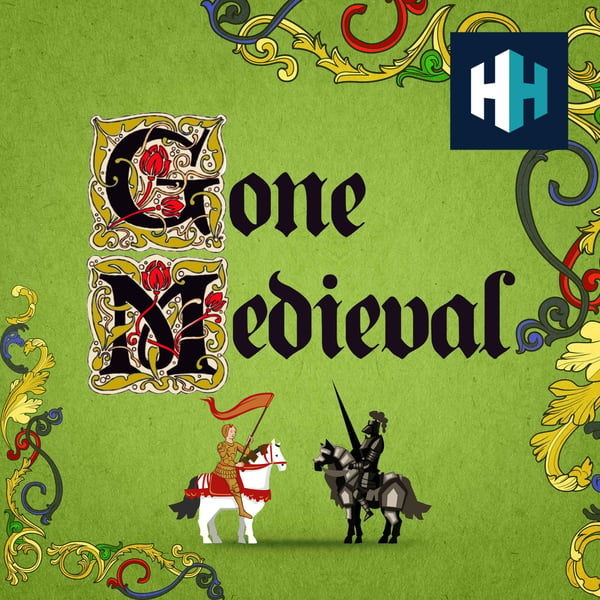Genghis Khan to Tamerlane: Mongol Empire Reborn
Gone Medieval
History Hit
4.6 • 2.2K Ratings
🗓️ 3 May 2024
⏱️ 30 minutes
🧾️ Download transcript
Summary
The Mongol Empire that rose in the early 13th century was fractured and in crisis by the mid-14th. But then a new warlord arose who sought to rebuild what had once been the most powerful empire in the world. Operating in Genghis Khan’s shadow, Tamerlane deliberately drew parallels between himself and his great precursor. And as a Muslim, Tamerlane waged wars as jihad and had a more powerful impact than those of any Muslim Mongol ruler before him.
In this episode of Gone Medieval, Matt Lewis uncovers the full story with Professor Peter Jackson, author of From Genghis Khan to Tamerlane: The reawakening of Mongol Asia.
This episode was produced by Rob Weinberg.
Enjoy unlimited access to award-winning original documentaries that are released weekly and AD-FREE podcasts. Get a subscription for £1 per month for 3 months with code MEDIEVAL - sign up here.
You can take part in our listener survey here.
Transcript
Click on a timestamp to play from that location
| 0:00.0 | Welcome to this episode of Gone Medieval, I'm Matt Lewis. |
| 0:07.0 | The Mongol Empire that rose in the early 13th century was fractured and in crisis by the mid 14th. While the Black Death claimed |
| 0:14.7 | lives across the continent and England and France were absorbed by the |
| 0:18.7 | hundred years war, a new warlord arose in Inner Asia who sought to rebuild what had once been the most powerful empire in the world. |
| 0:27.0 | His name was Tamulane, or at least that's how we remember him, perhaps from the Christopher Marlow play that bears his name. |
| 0:33.6 | Peter Jackson's new book, From Genghis Khan to Tamulain, The Reawakening of Mongol Asia, |
| 0:39.4 | tells the story of the Mongol world and the last effort to fully revive it. |
| 0:44.0 | Peter is emeritus professor of medieval history at Kiel University |
| 0:48.0 | and has previously written on the Crusades, the Mongols and the |
| 0:57.0 | book title uses the name islamic world welcome to God medieval Peter |
| 0:59.0 | thank you the book title uses the names Genghis Khan and Tamalain but inside throughout you refer to them as |
| 1:04.9 | Chingis Khan and Timor. Why are the names recorded differently? |
| 1:09.6 | Both names as popularly used go back to misspellings, |
| 1:14.3 | bastardized forms that were current as far back as the |
| 1:18.5 | 18th century in Chingis Khan's case |
| 1:21.2 | and in Tamolanes were actually contemporary with his life. |
| 1:26.6 | If I had used the correct forms in the title, I was afraid that in fact nobody would recognize whom I was talking about Chingiz Khan very probably, but Timur would have meant nothing to an awful lot of people. |
| 1:40.0 | So I decided to cheat by using the bastardized forms in the title and then correcting them in the introduction. |
| 1:48.0 | Seems like an entirely reasonable cheat to me. |
| 1:50.0 | It's important that people know what they're reading, I think, isn't it? |
| 1:52.0 | He has entered popular imagination as Genghis Khan and Tamulain. |
| 1:57.0 | Those are the names that we know them by, so if you want to book on them, I guess that's the name you're expecting to see on the cover still. |
... |
Please login to see the full transcript.
Disclaimer: The podcast and artwork embedded on this page are from History Hit, and are the property of its owner and not affiliated with or endorsed by Tapesearch.
Generated transcripts are the property of History Hit and are distributed freely under the Fair Use doctrine. Transcripts generated by Tapesearch are not guaranteed to be accurate.
Copyright © Tapesearch 2025.

